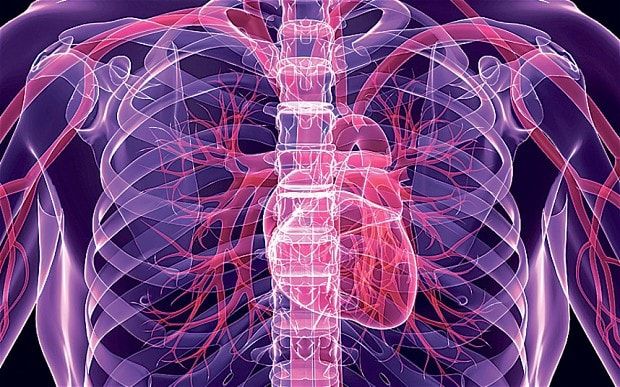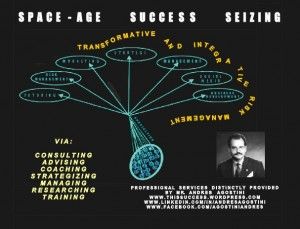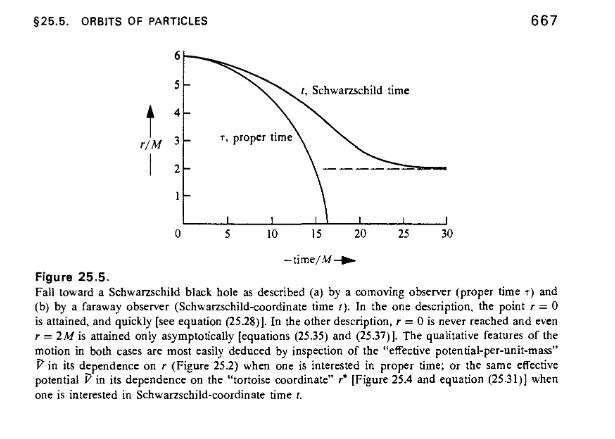Page 11892
Feb 15, 2014
Transcension Hypothosis — The Future of Us with Jason Silva
Posted by Seb in categories: futurism, philosophy, posthumanism, robotics/AI, singularity, supercomputing, time travel, transhumanism
Feb 13, 2014
The Future of Scientific Management, Today!
Posted by Andres Agostini in categories: business, computing, cyborgs, economics, education, energy, engineering, environmental, ethics, existential risks, futurism, geopolitics, information science, innovation, nanotechnology, neuroscience, robotics/AI, science, security, singularity, supercomputing, sustainability, transhumanism
FEBRUARY 15 AND 16/2014 LIST OF UPDATES. By Mr. Andres Agostini at The Future of Scientific Management, Today! At http://lnkd.in/bYP2nDC

New live-cell printing technology improves on inkjet printing
http://www.kurzweilai.net/new-live-cell-printing-technology-…t-printing
Capturing ultrasharp images of multiple cell components simultaneously
http://www.kurzweilai.net/capturing-ultrasharp-images-of-mul…ltaneously
Red-light-sensitive protein discovery enables more complex studies of neuron interactions
http://www.kurzweilai.net/red-light-sensitive-protein-discov…teractions
New self-healing polymers require no chemicals or catalysts
http://www.kurzweilai.net/new-self-healing-polymers-require-…-catalysts
Continue reading “The Future of Scientific Management, Today!” »
Feb 12, 2014
Wristband Lets Users Unlock Bitcoin Wallets With Heartbeats
Posted by Seb in category: bitcoin
Written By: Cameron Scott — Singularity Hub

We’re tempted to file this one under “the more things change, the more they stay the same.” A wristband, called Nymi, that taps the user’s heartbeat as a biometric marker, will also double as a bitcoin wallet.
“The wallet is physically stored on the Nymi,” Yevgeniy Vahlis, the manufacturer’s chief cyrptographer, said in a release.
Feb 11, 2014
The next step: 3D printing the human body
Posted by Seb in categories: bioprinting, biotech/medical
By Rhiannon Williams — The Telegraph

From a technological perspective, the rise and development of 3D printing and its capabilities will play an undeniable part in our future lives. But how does the process work?
Feb 11, 2014
Google’s Kurzweil says the machines will think for themselves by 2040, and oh — we’ll be immortal
Posted by Seb in categories: posthumanism, robotics/AI, singularity, supercomputing, transhumanism
- Jon Xavier — Technology Reporter- Silicon Valley Business Journal
 Google engineering director Ray Kurzweil is, undoubtedly, one of the most accomplished men of our time. The relentless inventor — whose credits include the flatbed scanner, optical character resolution and speech-to-text- systems — is also a bestselling author, a successful entrepreneur, and an artificial intelligence pioneer.
Google engineering director Ray Kurzweil is, undoubtedly, one of the most accomplished men of our time. The relentless inventor — whose credits include the flatbed scanner, optical character resolution and speech-to-text- systems — is also a bestselling author, a successful entrepreneur, and an artificial intelligence pioneer.
His current title at Google, then, always seemed a little puzzling to me — after all, wasn’t he the sort of guy to set his sights on something a little higher than juicing sales of online advertisements at the world’s biggest Web search engine?
Feb 11, 2014
The Future of Scientific Management, Today!
Posted by Andres Agostini in categories: 3D printing, business, complex systems, cyborgs, economics, education, futurism, genetics, innovation, physics, robotics/AI, science, singularity, space travel, supercomputing, surveillance
FEBRUARY 14/2014 LIST OF UPDATES. By Mr. Andres Agostini at The Future of Scientific Management, Today! At http://lnkd.in/bYP2nDC

Reinventing Social Media: Deep Learning, Predictive Marketing, And Image Recognition Will Change Everything
http://www.businessinsider.com/social-medias-big-data-future…_inn_feb14
EU Rules Mean That ‘Children Can’t Get Life-Saving Cancer Drugs’
http://www.huffingtonpost.com/2014/02/11/eu-rules-children-c…mg00000067
Virgin Atlantic Is Using Google Glass for Faster Check-Ins
http://www.slate.com/blogs/future_tense/2014/02/11/google_gl…s_for.html
Here’s What California’s Historic Drought Will Do To The Economy
http://www.businessinsider.com/california-drought-economy-20…z2t3NVIAyL
Continue reading “The Future of Scientific Management, Today!” »
Feb 11, 2014
The Future of Scientific Management, Today!
Posted by Andres Agostini in categories: 3D printing, business, complex systems, computing, economics, education, engineering, ethics, futurism, information science, innovation, military, physics, robotics/AI, science, scientific freedom, security, singularity, space, supercomputing
FEBRUARY 13/2014 LIST OF UPDATES. By Mr. Andres Agostini at The Future of Scientific Management, Today! At http://lnkd.in/bYP2nDC

Is your boss watching you? Surveillance device tracks employees’ movements in the office, sends details of conversations and even times their toilet breaks
http://www.dailymail.co.uk/sciencetech/article-2552858/Workp…oilet.html
New software lets you mark places as off-limits for wearable camera gadgets like Google Glass.
http://www.technologyreview.com/news/523941/not-ok-glass/
Seeing as a Service. Forget Augmented Reality. What About Diminished Reality?
https://medium.com/futures-exchange/403771297f5f
Elon Musk plans to colonise Mars
http://futuretimeline.net/blog/2014/02/4.htm#.UvpE9oWGiHd
Continue reading “The Future of Scientific Management, Today!” »
Figure 25.5 of “Gravitation” – the famous bible of general relativity written in 1973 by Misner, Thorne and Wheeler – shows on page 667 two curves as a function of time, both describing an astronaut in-falling from a stationary outer point onto a black hole. The two time curves at first coincide horizontally on the left. Then the upper one decays essentially exponentially reaching the horizontal x-axis of the horizon only asymptotically after infinite time. The lower curve, after initially coinciding, deviates downwards gently to after picking up speed (in a curve like the frontal part of a shoe’s profile) reach the horizon after 15 days already.

The lower curve is the proper time experienced by an astronaut falling onto a solar-mass black hole – the time it takes on the wristwatch to reach the horizon in free fall from a fixed outer position. The upper curve shows how this same in-falling process looks to an outside observer: infinitely elongated.
I am drawing your attention to this Figure in a famous book co-authored by my late friend John Wheeler because this figure – I claim – illustrates an error made by the whole physics community over many decades – notwithstanding the fact that the Figure is flawless.
Feb 10, 2014
DARPA And The Pentagon Are Working On Tiny Brain Robots To Help Soldiers With Memory Loss
Posted by Seb in category: biotech/medical
By Sam Maggs — Geekosystem
Not content with only building gigantic horror-bots that will one day rule your city with a literal iron fist, DARPA has teamed up with the Pentagon to get a little smaller - implantable-brain-robot smaller. Hopefully, this new project will help treat memory loss in soldiers injured in combat (and not turn them into weird DARPA-slavebots).
Though Medtronic Inc. (MDT) has already created robot brain implants to treat the symptoms of Parkinson’s, not much work has gone into using these robots to restore memories lost in traumatic injuries. DARPA is using funding from President Obama’s BRAIN Initiative to develop implantable probes that could apply this same Medtronic science to memory loss.








